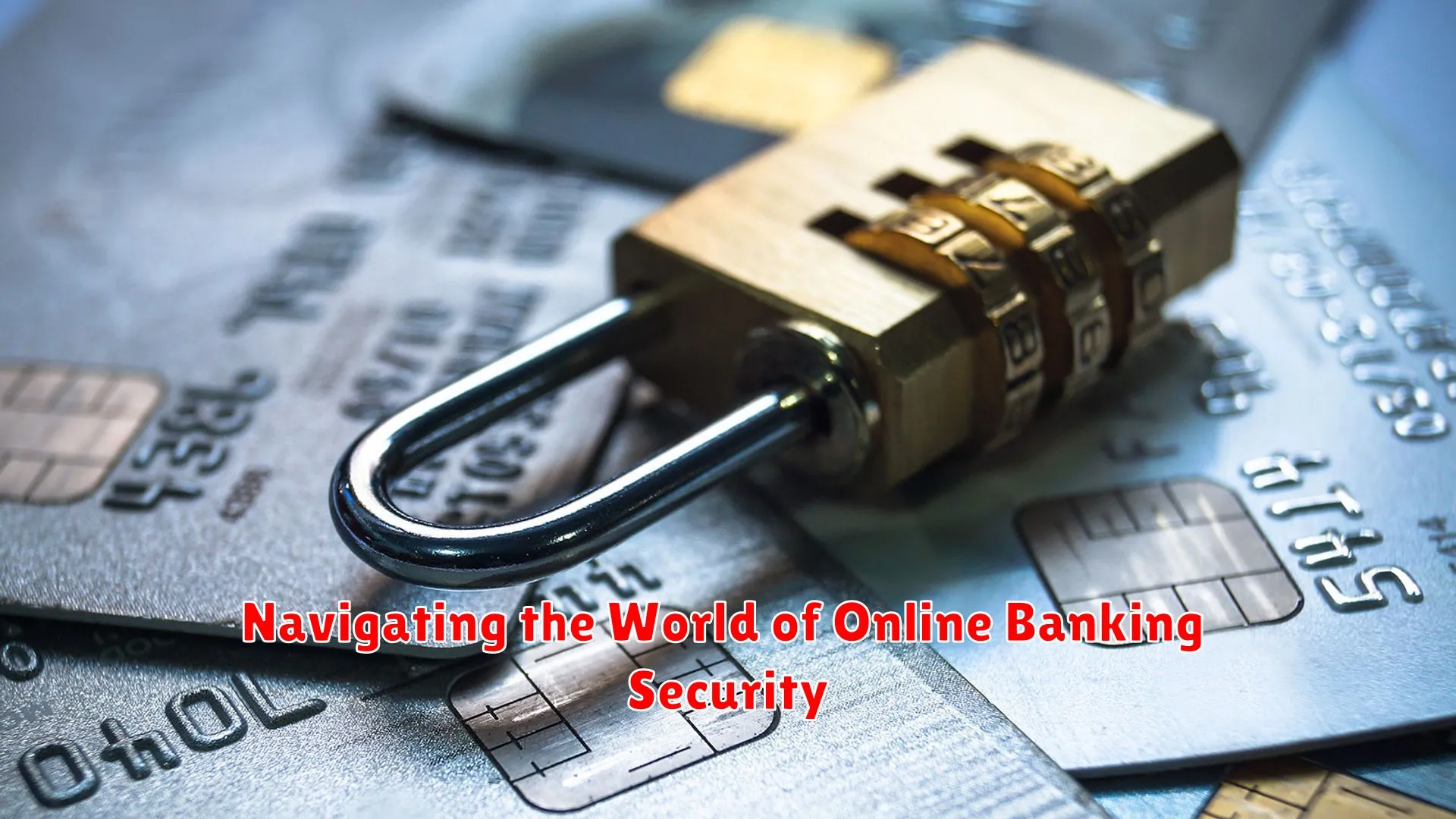As digital banking continues to evolve, the importance of online banking security cannot be overstated. From encryption to multi-factor authentication, understanding how to navigate the complexities of protecting your financial information is crucial in today’s technology-driven world.
Understanding Online Banking Risks
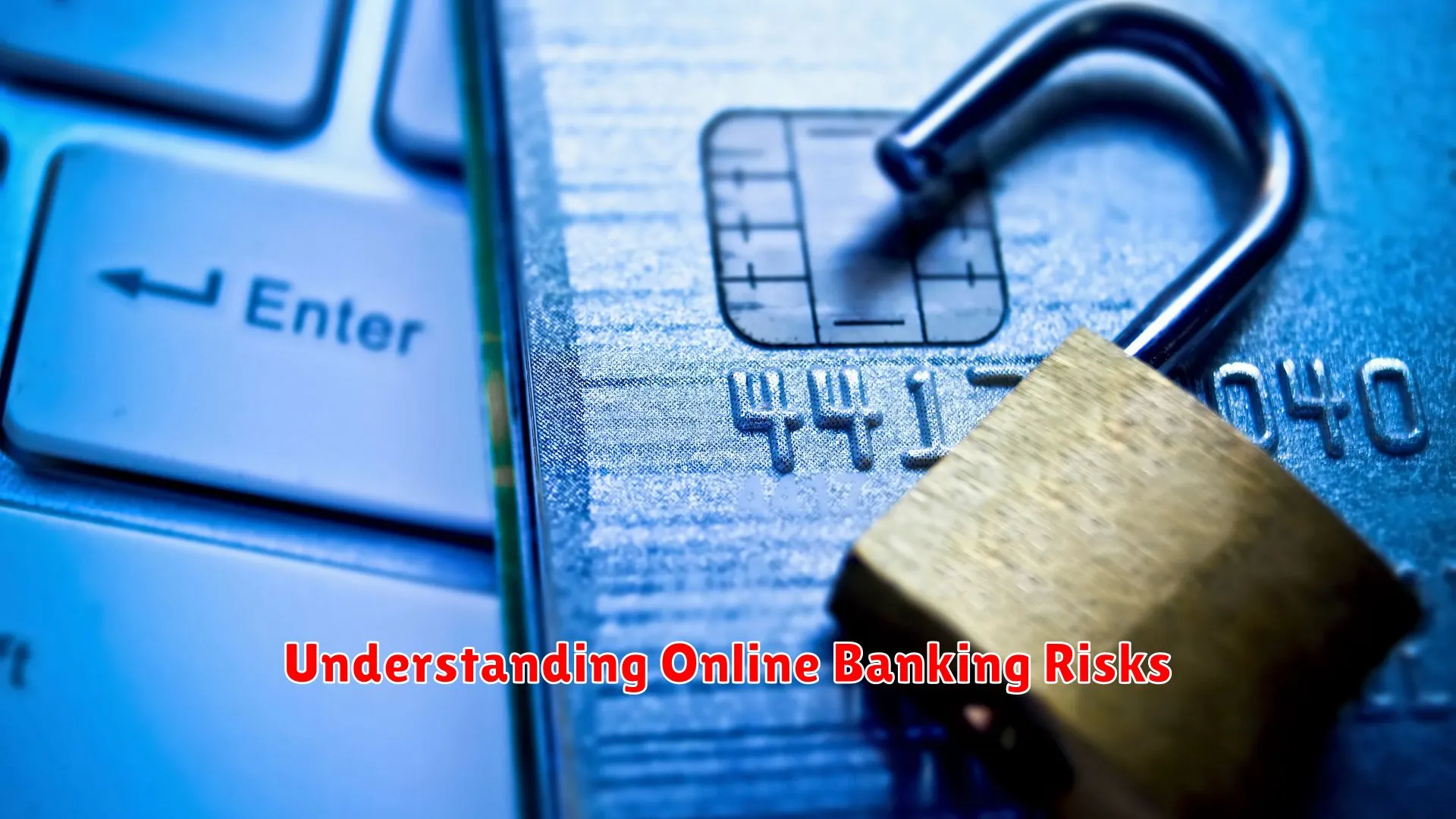
Online banking has revolutionized the way we manage our finances, offering convenience and accessibility like never before. However, with these benefits come inherent risks that users should be aware of in order to navigate the online banking world safely.
Phishing Attacks: One common risk in online banking is phishing attacks. These scams typically involve fraudulent emails or websites that trick users into providing sensitive information such as usernames, passwords, or credit card details. Always be cautious of unsolicited emails asking for personal information.
Malware and Viruses: Malware and viruses can compromise the security of your online banking transactions. Make sure your devices have up-to-date antivirus software to minimize the risk of malicious programs infecting your system and stealing your financial data.
Weak Passwords: Using weak passwords or reusing the same password across multiple accounts can make it easier for cybercriminals to gain unauthorized access to your online banking accounts. Create strong, unique passwords for each of your accounts and consider using a password manager for added security.
Public Wi-Fi: Avoid conducting sensitive online banking transactions while connected to public Wi-Fi networks. These networks are often insecure, making it easier for hackers to intercept your data. Instead, use secure networks or a virtual private network (VPN) for secure online banking transactions.
Regular Monitoring: Stay vigilant by regularly monitoring your online banking transactions for any unauthorized or suspicious activity. Report any discrepancies to your bank immediately to minimize potential losses due to fraudulent transactions.
Best Practices for Secure Online Banking
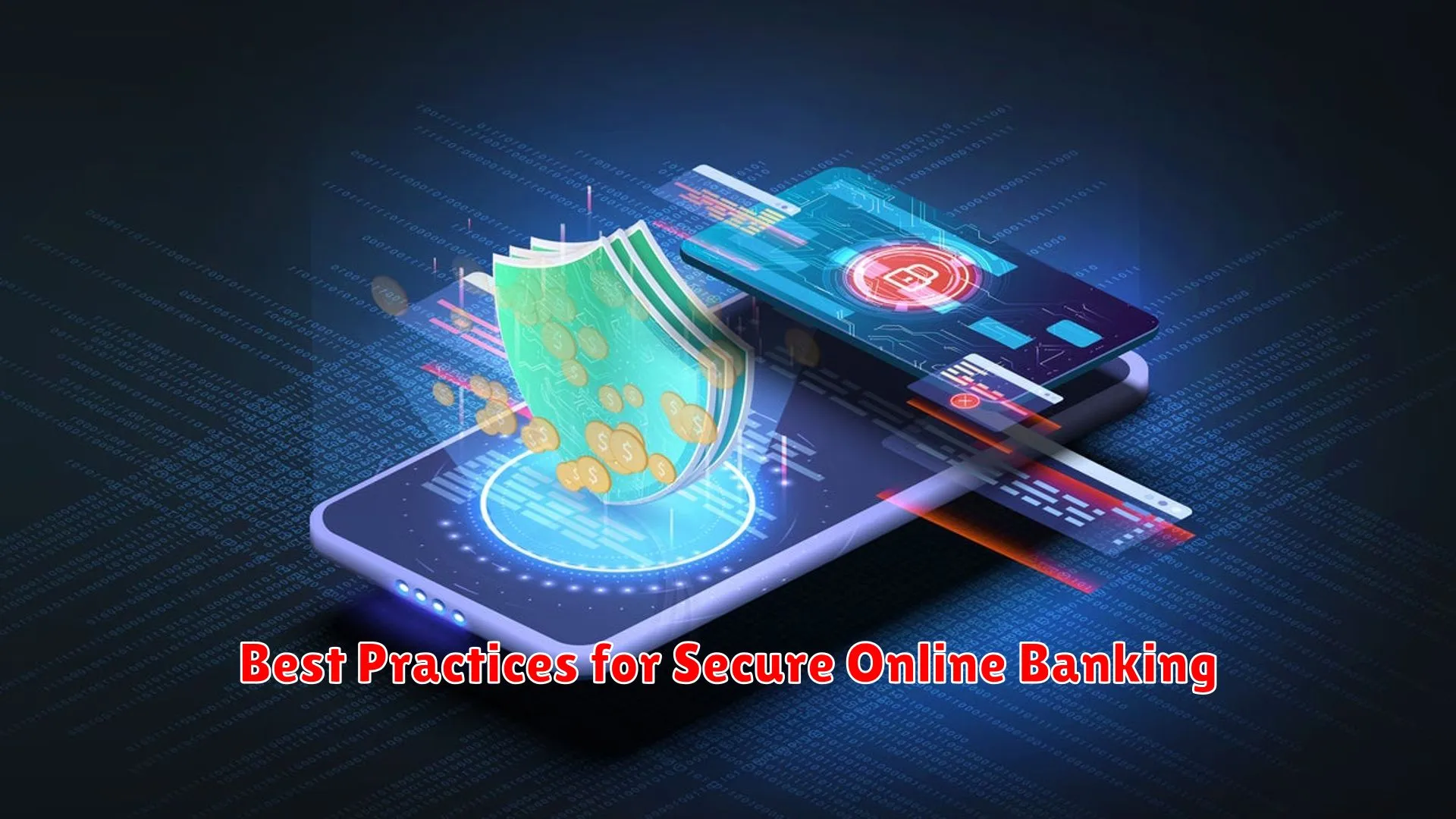
Online banking offers convenience, but it also comes with risks. To ensure a secure online banking experience, it’s essential to follow best practices:
1. Use Strong Passwords
Ensure your online banking passwords are strong and unique. Avoid using easily guessable passwords like “123456” or “password.” Include a mix of letters, numbers, and special characters.
2. Enable Two-Factor Authentication
Two-factor authentication adds an extra layer of security by requiring a second form of verification, such as a text message code or fingerprint scan. Enable this feature for your online banking accounts.
3. Keep Devices and Software Updated
Regularly update your devices and software to protect against potential vulnerabilities. Ensure your operating system, antivirus, and anti-malware programs are up to date.
4. Avoid Public Wi-Fi for Banking Transactions
Avoid conducting online banking transactions on public Wi-Fi networks, as they may not be secure. Use a trusted and private network to access your accounts.
5. Monitor Your Accounts Regularly
Regularly monitor your online banking accounts for any suspicious activity. Report any unauthorized transactions or unusual account behavior to your bank immediately.
By incorporating these best practices into your online banking routine, you can enhance the security of your financial transactions and protect your sensitive information from cyber threats.
The Role of Two-Factor Authentication
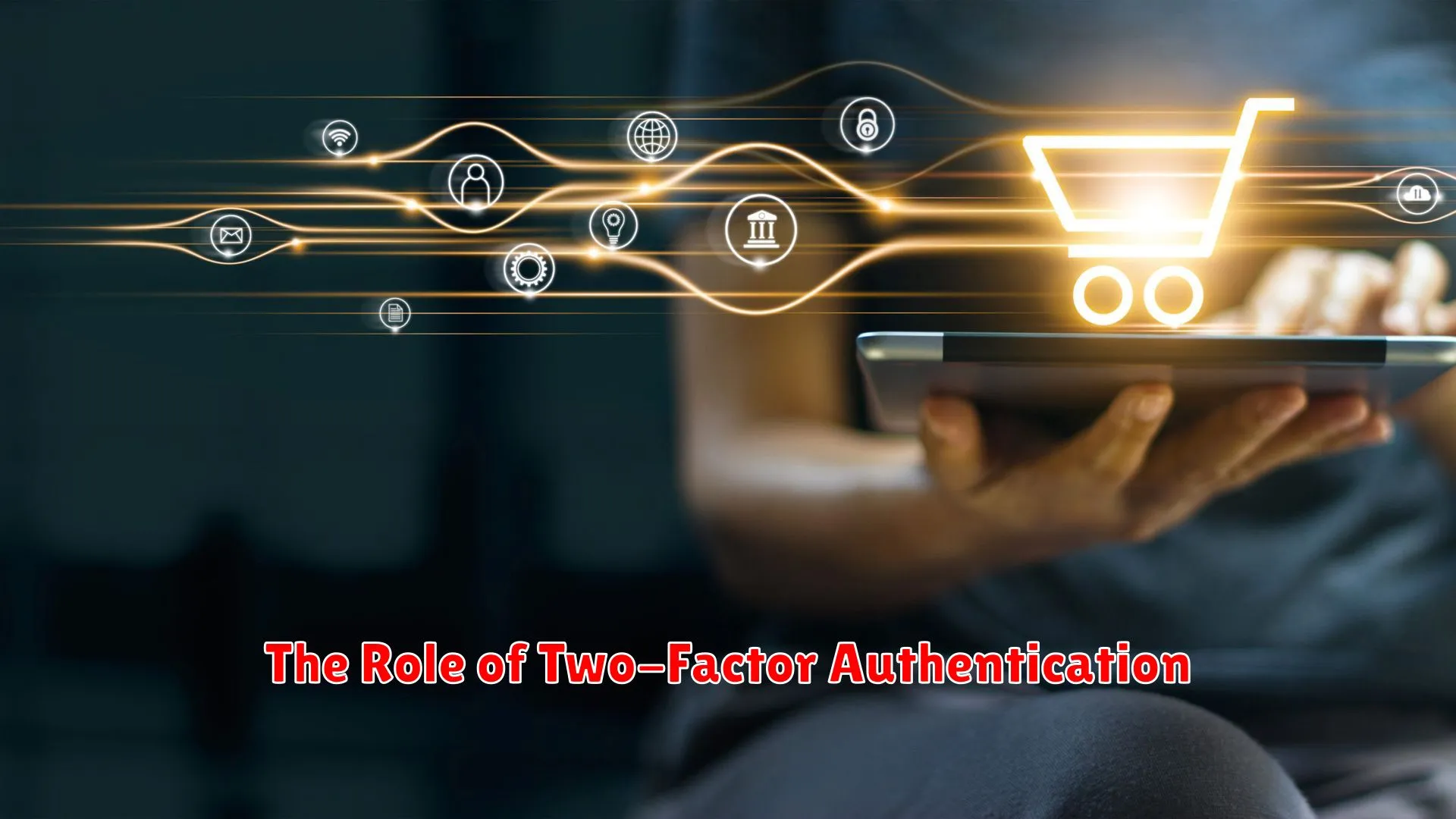
In the realm of online banking security, Two-Factor Authentication (2FA) plays a crucial role in safeguarding sensitive financial information and transactions. 2FA adds an additional layer of security beyond just a password, making it significantly more challenging for unauthorized users to access your accounts.
One of the key benefits of 2FA is that it requires not only something you know (like a password) but also something you have, such as a code sent to your mobile device. This dual verification process significantly enhances the security of your online banking activities.
By incorporating 2FA into online banking platforms, financial institutions can greatly reduce the risk of unauthorized access, identity theft, and fraudulent transactions. It provides an added level of assurance to users that their accounts are better protected against potential threats.
Furthermore, 2FA also helps to instill trust among online banking customers, as they feel more secure knowing that their personal and financial details are being safeguarded by advanced security measures. It is an essential tool for navigating the evolving landscape of online banking security.
Recognizing and Avoiding Phishing Scams
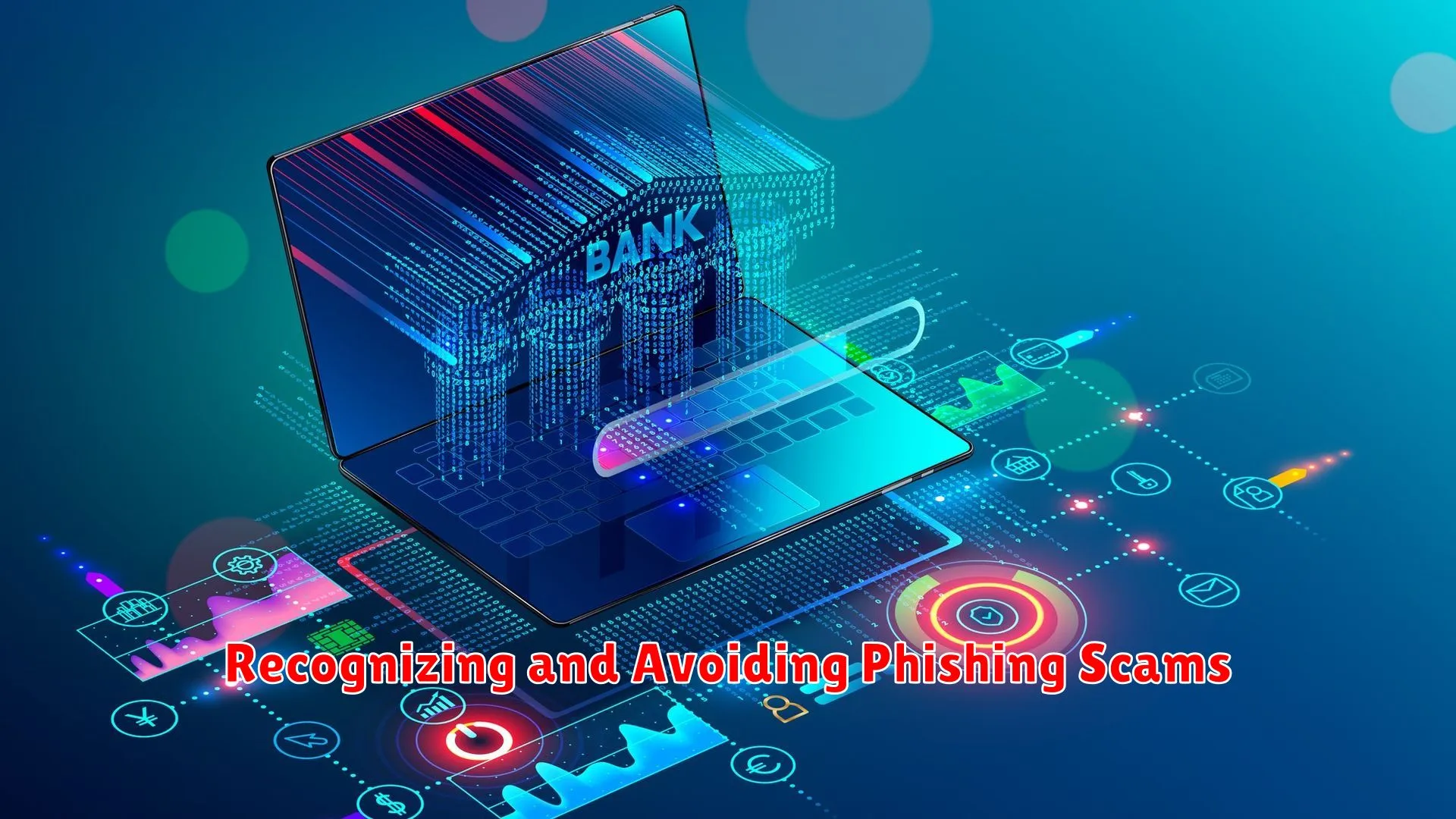
Phishing scams are a common threat in the online world, especially when it comes to online banking security. It’s important for consumers to be vigilant and aware of the signs of a phishing scam to protect their personal and financial information.
Key Tips to Recognize Phishing Scams:
- Watch out for suspicious emails: Be cautious of emails asking for sensitive information like passwords or account details. Legitimate banks will never ask for this information via email.
- Check the sender’s email address: Phishing emails often come from unfamiliar or slightly altered email addresses that mimic legitimate companies. Always verify the sender’s address before responding.
- Look for spelling and grammar errors: Phishing emails often contain typos, grammatical mistakes, or unusual language. This can be a red flag that the email is not legitimate.
Steps to Avoid Falling Victim to Phishing Scams:
- Avoid clicking on suspicious links: Avoid clicking on links in emails or messages from unknown senders. Hover over the link to preview the URL before clicking.
- Verify requests for sensitive information: If you receive a request for personal or financial information, contact your bank directly through a trusted source to confirm the request’s legitimacy.
- Keep your security software up to date: Ensure your devices have the latest security updates and antivirus software to help protect against phishing scams and other cyber threats.
By recognizing the signs of phishing scams and taking proactive steps to avoid them, consumers can enhance their online banking security and safeguard their sensitive information.
The Future of Online Banking Security
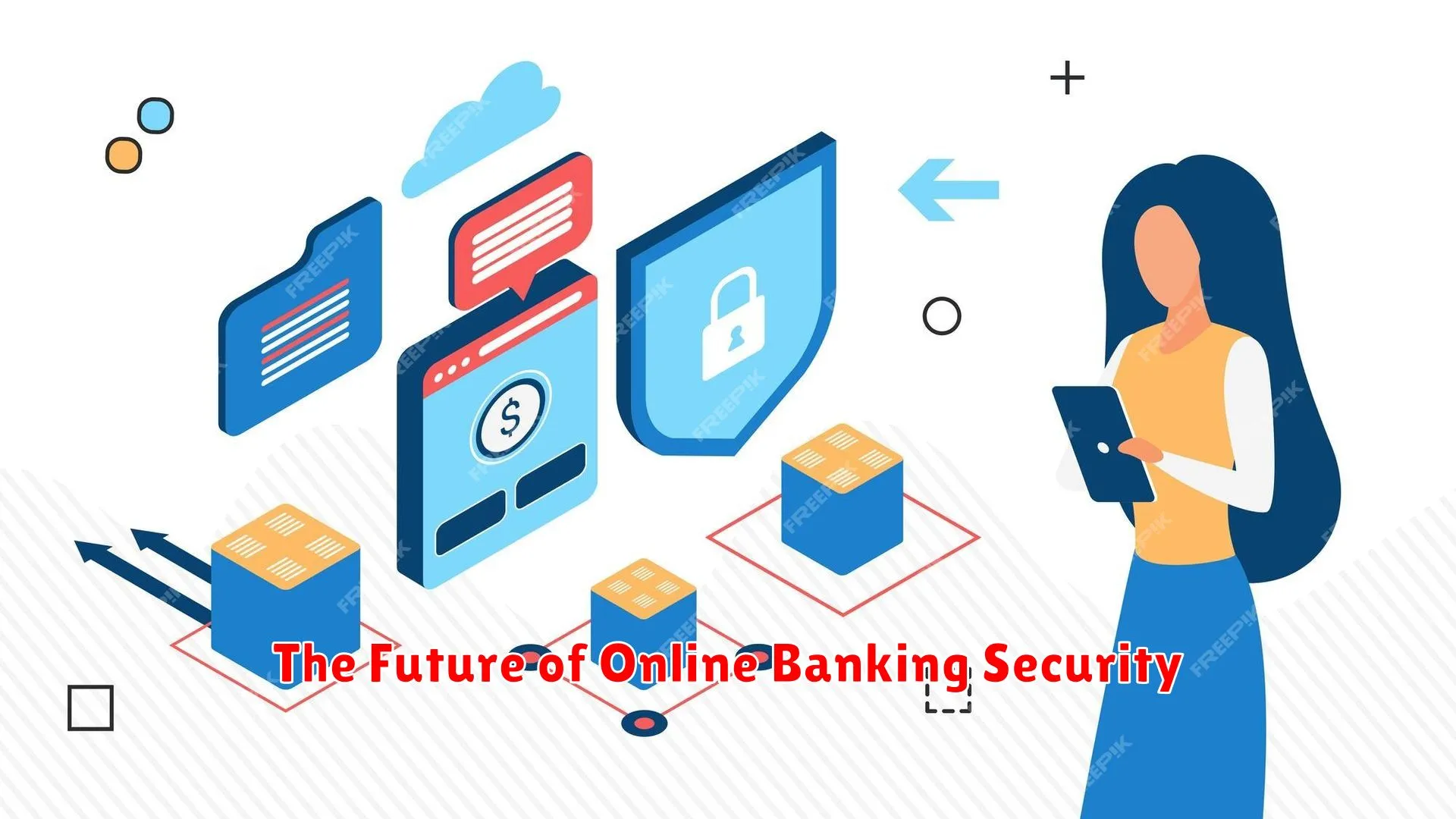
As technology continues to advance at a rapid pace, the future of online banking security is becoming increasingly sophisticated. With the rise of cyber threats and concerns over data breaches, financial institutions are continuously striving to enhance their security measures to protect customers’ sensitive information.
One of the key trends shaping the future of online banking security is the adoption of biometric authentication. Instead of relying solely on traditional password systems, biometric methods such as fingerprint or facial recognition offer a more secure way to verify customers’ identities. This not only enhances security but also provides a more seamless and convenient user experience.
Furthermore, machine learning and artificial intelligence are being utilized to detect unusual patterns and anomalies in online banking transactions. By analyzing vast amounts of data in real time, these technologies can help flag potentially fraudulent activities, allowing financial institutions to take immediate action to mitigate risks.
With the increasing popularity of mobile banking, ensuring the security of transactions conducted through mobile devices is crucial. This has led to the development of advanced encryption techniques and secure communication protocols to protect data transmitted between devices and servers.
In conclusion, the future of online banking security is heavily reliant on innovative technologies and proactive security measures. As cyber threats evolve, staying ahead of potential risks and safeguarding sensitive financial information will continue to be a top priority for financial institutions and customers alike.
Conclusion
In conclusion, prioritizing strong passwords, using secure networks, and staying vigilant against phishing scams are essential in safeguarding online banking security.

